
No and low-alcohol products are now widely available and are becoming increasingly popular, as brands continue to cater to new trends in moderate and mindful drinking. It is predominantly the ‘sober curious’ – a term coined by author Ruby Warrington in her book of the same name – younger generations, who question dominant drinking culture and critically evaluate their relationship with alcohol, leading this charge. This same generation has the purchasing power and influence to make or break a brand.
Developments in health research have also resulted in an increasing focus on minimising alcohol intake to preserve long-term health. Increasing the opportunity for advertisement of no and low-alcohol products could therefore be an effective way of increasing their appeal to the everyday consumer.
Against this backdrop, the Committee of Advertising Practice (CAP) and UK Code of Broadcast Advertising (BCAP) have introduced changes to the rules that limited the advertising of ‘low-alcohol’ drinks, following a public consultation. Low-alcoholic drinks are defined in the CAP code as those that contain above 0.5% abv, up to and including 1.2% abv.
The CAP and BCAP codes themselves place significant restrictions on comparisons of alcoholic strength in advertising, in a bid to ensure alcohol products are marketed responsibly. For example, they don’t allow a high-strength drink to be marketed as preferable explicitly on the basis of its strength, and therefore capacity for intoxication, relative to other comparable products. For ‘standard’ alcoholic drinks, the only acceptable type of comparison is a factual comparison with another product that is a similar drink type of higher strength.
CAP and BCAP acknowledged that the wording of this rule, while having socially responsible aims, threw up barriers for the promotion of low-alcohol drinks.
Until the latest changes to the code, low-alcohol products were only allowed to make a preference claim attached to statements of alcoholic content when featured in a standalone ad. In ads that also promoted standard alcoholic drinks too, preference claims for low-alcohol products were prohibited. And, basically, any reference in an ad would be classified as promotion.
The obvious downside to this restriction is that it prevented advertisers from encouraging consumers to switch from a standard alcoholic drink to a low-alcohol alternative, and thus to reduce their overall alcohol intake. This is because, if an advertiser wished to do so, they would need to refer directly to a standard drink in order to make the abv of the low-alcohol drink a selling point, and this would involve a breach of the CAP code.
The consultation therefore explored a proposal to remove this restriction as a means of helping advertisers promote the benefits of reducing alcohol consumption by switching to low-alcohol alternatives. Following analysis of the responses received, all of which agreed with the proposed changes, they are now being adopted in both the broadcast and non-broadcast advertising codes.
The CAP and BCAP are however mindful of the need to avoid any unintended consequences of amending the rules and to ensure the changes have the desired effect. The Advertising Standards Agency (ASA) for example has for some time been concerned with the inadvertent promotion of higher-strength alcohol products, and has historically considered this to be a risk associated with allowing standard-alcohol products to be advertised alongside low-alcohol products. Consequently, the amended rules will be subject to review after 12 months.
The no and low-alcohol drinks business is booming. What might’ve begun as a seasonal trend (Dry January and the like) is now mainstream. Brands will be looking to carve out territory in this market and, no doubt, will welcome the opportunity to gain a competitive advantage through more aggressive comparative advertising. Expect low volume, but definitely loud and clear.



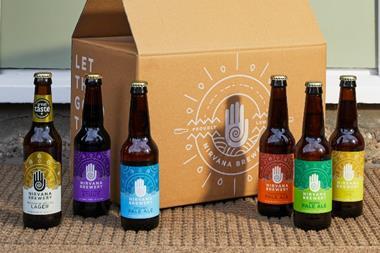

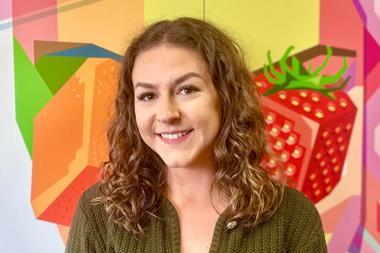

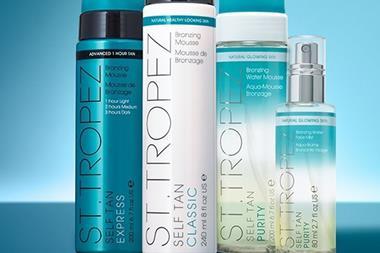


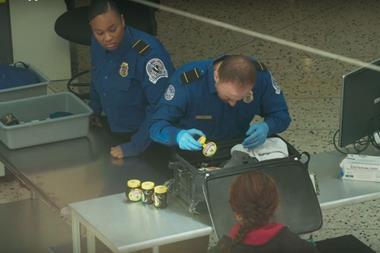



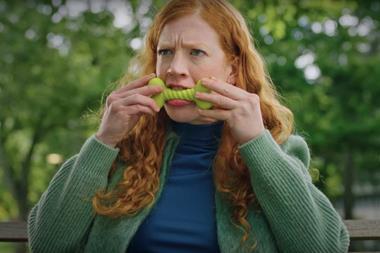
No comments yet